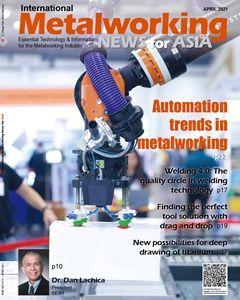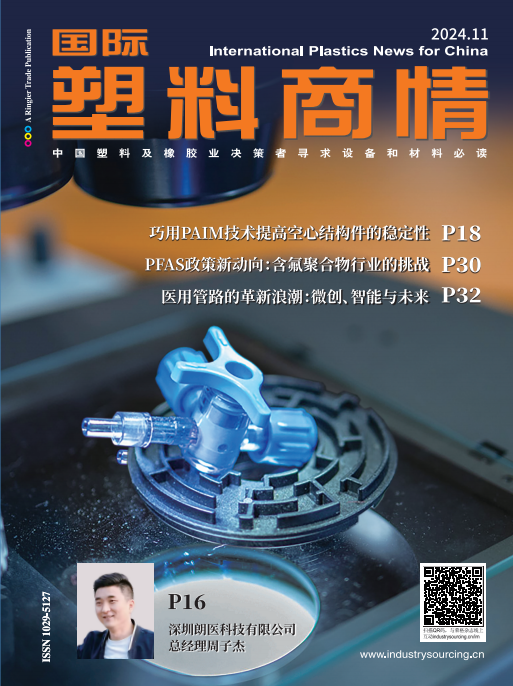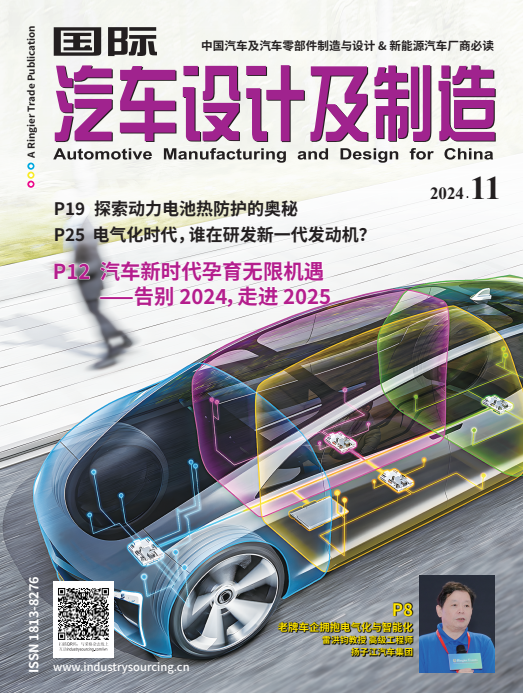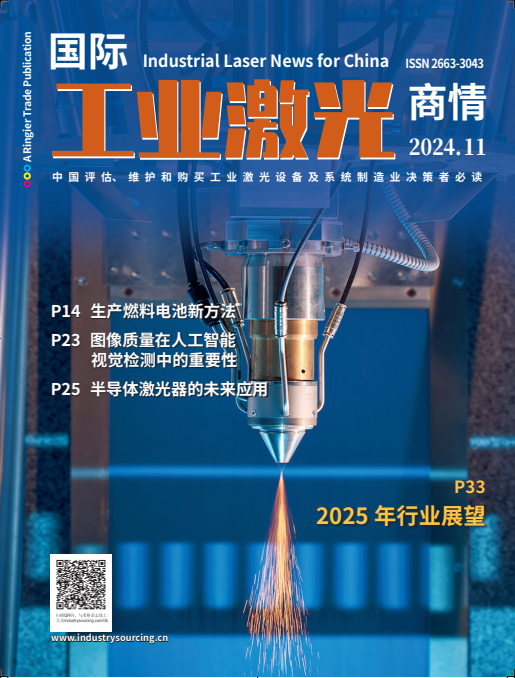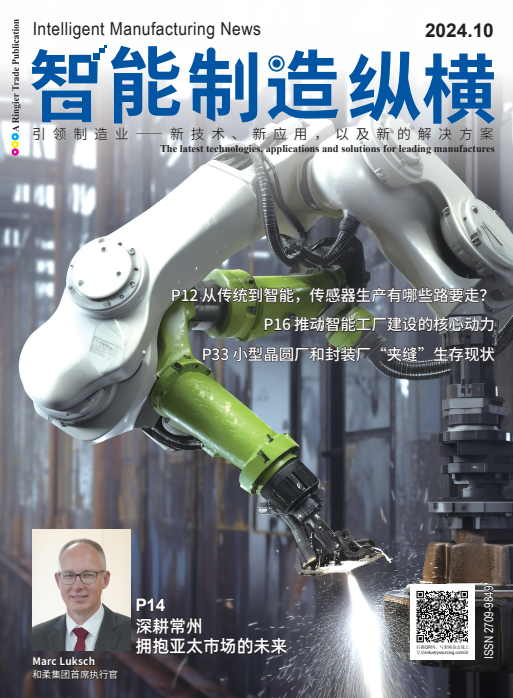International Metalworking News for Asia
If you've been reading International Metalworking News for Asia the past couple months, you know we've aggressively pursued Industry 4.0, automation, digitalization as topics of focus. From early introductions to in-depth explorations, our coverage mirrors the urgency IMNA has shown in helping advance the state of South East Asia’s manufacturing industry.
In this month's issue, we present featured articles focused on digitalization and automation.
"Automation trends in metalworking" looks at three key areas where current and future trends suggest metalworking is increasingly ready to shake off this reputation.
"Welding 4.0: The quality circle in welding technology" explained how Welding 4.0 produces measurable benefits throughout the entire value chain; and how Xnet Welding 4.0 system can help towards a more efficient and resource-saving welding technology.
"New corporate culture in smart factories" highlights the digitalisation and networking of entire factory floors, and the new processes in Industry 4.0 scenarios are raising even more questions surrounding the role, in which employees play in this environment and how their supervisors need to respond.
"Open community driving machine tool industry forwards" talks about integrating machines into production systems; this is one of the most important trends in manufacturing right now – especially in terms of Industry 4.0. The aim is to create benefit for customers from the data, which then allows them to further optimise their production.
Most businesses have changed including suppliers, direct customers and even the global economic system. Nobody and nothing are the same anymore. We just don’t know the depth of the changes that have occurred. Determining what will remain in how business was done — pre-coronavirus days — and how much of it should or could be realistically retained is an even greater challenge.
Technology companies survive and thrive by pushing against odds and inventing things many people doubt can be done. The manufacturing companies in South East Asia will have to reinvent and reposition themselves once COVID-19 turns into a historical footnote. To do this successfully, though, we’ve all got to understand how our lives, jobs and businesses have changed as a result of a single pandemic.














